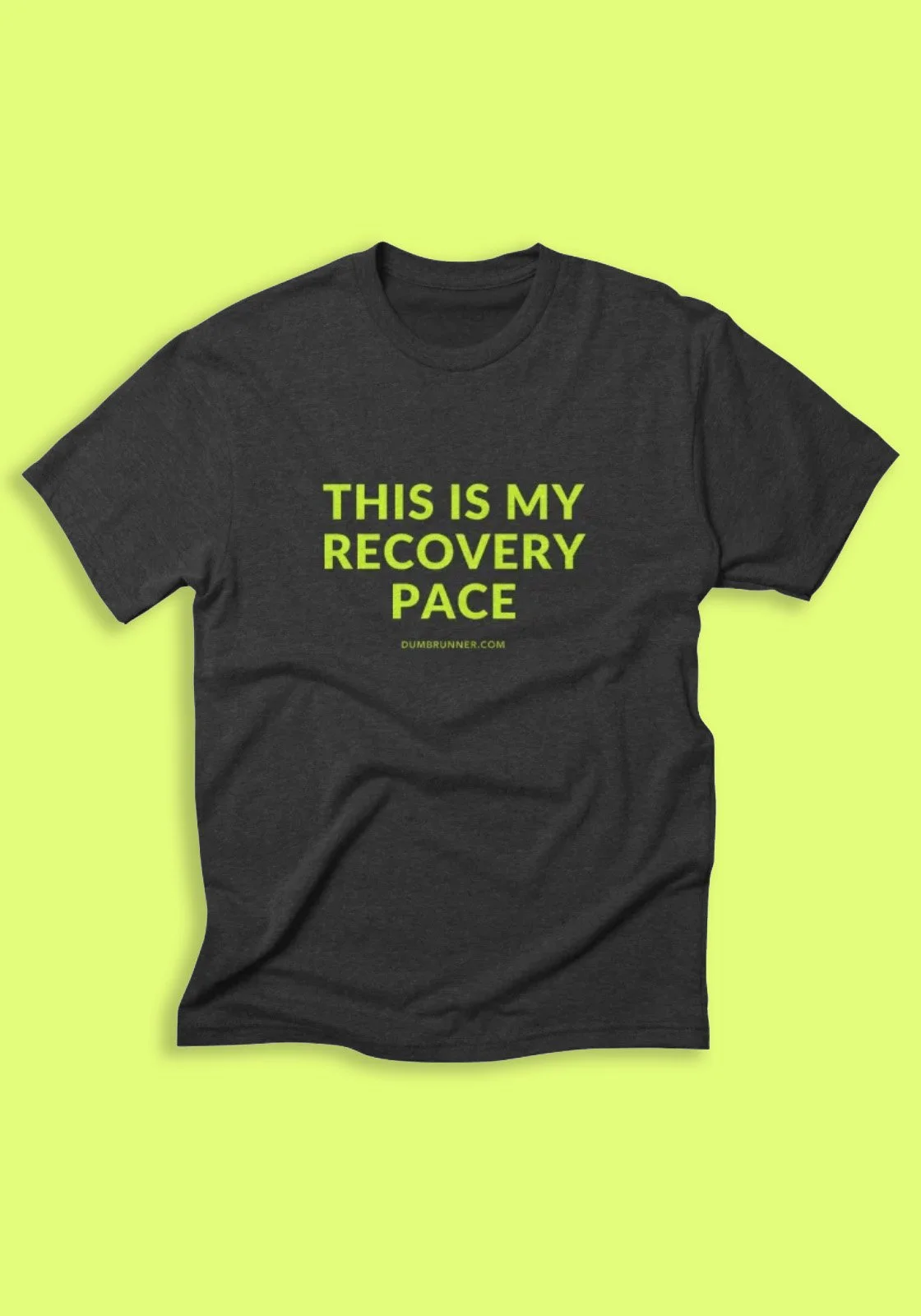Seriously, Though: What's the Best Way to Run on Roads With Blind Curves?
/Depositphotos.com
Dumb Runner,
What advice do you have for runners who run on a winding rural road with tight blind curves? Driving my car on this road, I have come upon two runners running shoulder to shoulder in my lane going with traffic on a blind curve. (There is a shoulder, but no sidewalk.) Instead of moving to the shoulder or going single file, the runner next to the double yellow line motioned that there was no traffic coming, forcing me to cross over the double yellow to pass them or be stuck behind them.
On the same road but on a different day, a runner was going against traffic, as pedestrians are required to, but on a blind curve where I couldn’t see her until I was upon her. Like the others, she kept running on the side of the road—not moving onto the shoulder—so I had to stop until she passed, to avoid crossing the double yellow lines.
What should runners and motorists do in these types of situations?—M., North Carolina
Hello M.,
Thank you for your question.
Before I dive in, let me just say to everyone reading this: Welcome back to Ask Dumb Runner!
Not to be confused with my often timely and always nonsensical Ask Dr. Dumb posts, Ask Dumb Runner features actual, sincere reader questions and actual, helpful (I hope) answers from me, Mark Remy.
For reasons I can’t explain, the last Ask Dumb Runner Q&A appeared back on May 4, 2020, under the headline, Should I Wear a Mask When I Run? (Remember those days? Wild!)
Anyway, M., the moment I saw your question, I knew I had to publish a response, because this topic is one that’s rankled me for years.
Let’s start with three basic principles:
You are correct when you say that runners, being pedestrians, should move against the flow of traffic. For me, this is blindingly, stupendously obvious. Generally speaking, why on earth would anyone choose to run on a street or road with their backs to large, heavy approaching vehicles? Especially when they’re running with earbuds or headphones, which, these days, most of them are?
Yet I see this all the time. It blows my mind.Likewise, pedestrians (including runners) should be as far to the left as reasonably possible. If there’s a shoulder, they should be on it. Again, this strikes me as obvious. (And yet …)
Blind curves or turns are insanely dangerous for vulnerable road users like pedestrians. Same goes for steep hills. Especially when motorists are distracted, impatient, or speeding, or all three, which, these days, most are.
In my opinion, there’s no safe way for a runner to negotiate a blind curve—just risky ways and even riskier ones. The idea is to minimize the danger.
Next, some background on me, for context:
I have been a driver for about 37 years, a road cyclist for longer than that, and a runner for more than 30 years. Over that time, I’ve driven, biked, or run jillions of miles in places as varied as the rural midwest, New York City, and Oregon.
I have heard many attempts by fellow runners to excuse, justify, or rationalize the sort of behavior you describe in your question. None of them has been persuasive.
All of which leads me to the following advice.
Runners:
Whenever possible, avoid using roads with severe blind curves and turns. If you must run on such a road, run against traffic and as far to the left as you safely can. As you approach and enter the curve, slow your pace or even walk, if that feels safer; go single file, if you’re running with others; and watch your step—a pothole or large rock in your path could send you tumbling into the path of a driver who may not have time to react.
You might be tempted to cross the road (from running against traffic to running with traffic) as you approach the curve, and then cross back (from running with traffic to running against it) once the curve is behind you. This can be a temptation when cresting a hill, as well.
I find that approach needlessly risky, especially for groups of runners, as it involves darting across (at least) two lanes of traffic not once but twice. Much safer, in my view, to maintain a straight and predictable path from point A to point B, against the flow of traffic and as far left as you can manage.
Drivers:
Slow down. Be patient. Pay attention.
It really is that simple. It’s good advice regardless of the circumstances, but it goes double when you’re on a winding road with blind curves. That machine you’re operating can change or end someone’s life in the blink of an eye. Drive that way.
Thanks again for your question, M. Stay safe!
Yours Truly,
Mark
Have a Question?
Submit it here and I'll do my best to answer it. If I publish your question, I'll send you some free Dumb Runner stickers!




